Some cities announce themselves with dramatic skylines and iconic monuments demanding immediate attention. Others reveal their character more subtly through gentle rhythms, welcoming atmospheres, and environments that embrace rather than overwhelm. These “soft cities” create lasting impressions precisely because they invite rather than impose, allowing authentic connection rather than passive consumption.
Here is a list of 20 cities around the world where gentleness prevails, creating urban experiences that linger in memory long after departure.
Ljubljana, Slovenia

Slovenia’s capital wraps itself around a meandering river bordered by pedestrian-only embankments lined with willow trees and outdoor cafés where conversations flow as leisurely as the water. The car-free historic center creates a remarkably tranquil atmosphere where Renaissance, Baroque, and Art Nouveau buildings frame intimate plazas scaled for human interaction rather than monumental statements.
The pervasive greenery—from leafy parks to the forested hill crowned by the castle—creates a natural softness rarely achieved in capital cities.
Kyoto, Japan
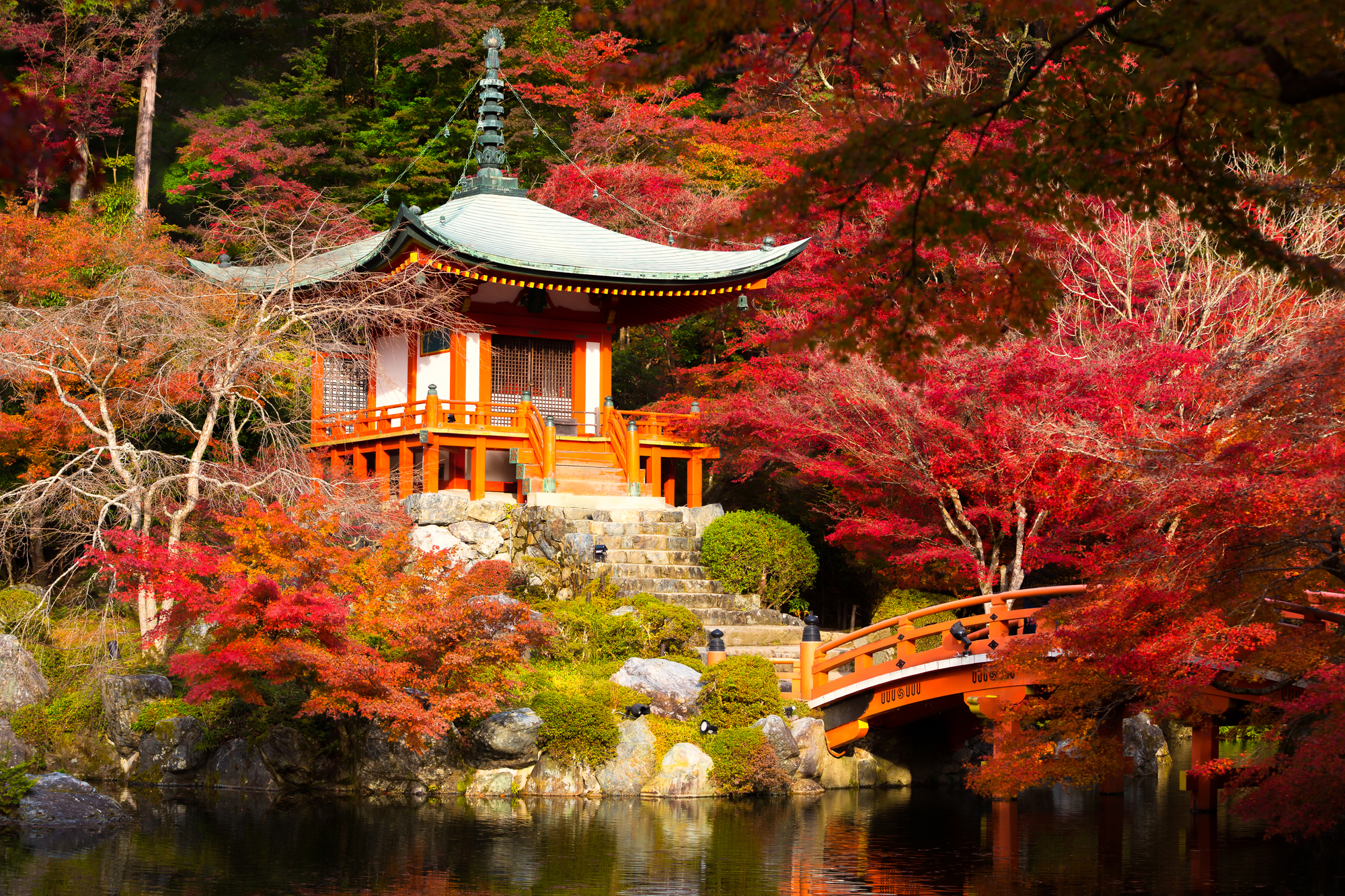
The former imperial capital maintains neighborhoods of traditional wooden machiya houses lining narrow streets where contemplative quiet prevails just steps from bustling commercial districts. The deliberate aesthetic restraint demonstrated in rock gardens, temple grounds, and carefully maintained traditional teahouses creates environments where subtle beauty reveals itself gradually.
The seasonal awareness—from cherry blossoms to autumn maples—cultivates an appreciation for ephemerality and gentle transitions rather than permanent monuments.
Like Travel Pug’s content? Follow us on MSN.
Ghent, Belgium

This Flemish jewel combines medieval architectural treasures with a surprisingly relaxed atmosphere compared to more touristic Belgian cities. The three towers of the historic center rise above a network of quiet canals where evening light creates gentle reflections on water flowing beneath stone bridges.
The city’s pedestrian-friendly scale and abundant green spaces alongside waterways create natural gathering spots where locals and visitors alike find respite from urban intensity.
Hoi An, Vietnam
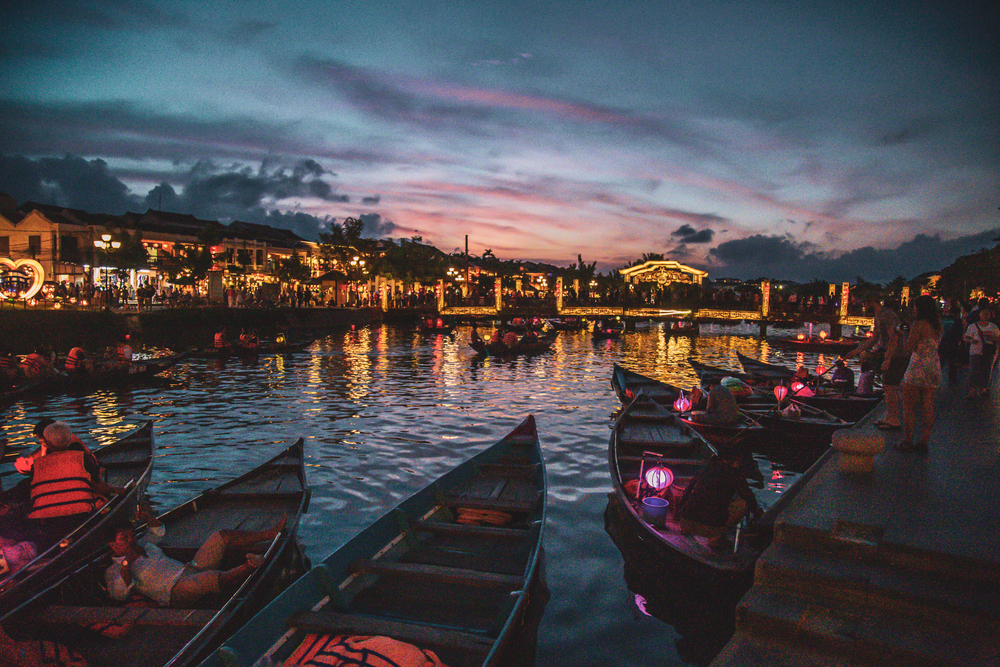
The UNESCO-protected ancient trading port preserves hundreds of wooden shophouses along lantern-lit streets closed to motor traffic, creating an atmosphere where time seems to move more deliberately. The distinctive yellow-hued buildings with weathered wooden shutters create visual cohesion that feels embracing rather than monotonous.
The custom of releasing candlelit paper lanterns onto the Thu Bon River creates moments of shared gentle beauty connecting strangers without words.
Edinburgh, Scotland

Beyond the imposing castle, Scotland’s capital reveals its softer side through hidden gardens, secluded closes, and literary connections celebrating imagination rather than conquest. The city’s natural setting—built among seven hills with views of sea and mountains—creates constant visual connections to landscapes beyond urban boundaries.
The intellectual heritage as a center of Enlightenment thinking fostered spaces designed for contemplation and conversation rather than mere commerce or display.
Like Travel Pug’s content? Follow us on MSN.
Luang Prabang, Laos

Nestled between two rivers and surrounded by mountains, this UNESCO World Heritage city maintains tranquility through thoughtful preservation of its distinctive fusion of traditional Lao and French colonial architecture. The daily alms-giving ceremony, where orange-robed monks walk silently through misty morning streets, creates ritual rhythms connecting past to present.
The absence of high-rise buildings and controlled development maintains a human scale, where temple spires rather than commercial towers punctuate the skyline.
San Miguel de Allende, Mexico

The Spanish colonial architecture painted in warm earth tones and vibrant colors creates a harmonious urban landscape that feels both cohesive and organic. The central jardín serves as the city’s living room, where multi-generational families gather around the bandstand for evening promenades that maintain community connections.
The creative energy of its longtime artist community expresses itself through thoughtful details—handcrafted doorways, interior courtyards, and botanical displays—rather than monumental statements.
Bath, England

The golden limestone buildings forming perfect Georgian crescents and squares create architectural harmony that feels embracing rather than imposing despite their formal elegance. The natural hot springs that have drawn visitors since Roman times maintain a connection to healing traditions centered on gentle restoration rather than dramatic transformation.
The literary associations with Jane Austen celebrate social observation and human connection rather than heroic narratives.
Like Travel Pug’s content? Follow us on MSN.
Chiang Mai, Thailand
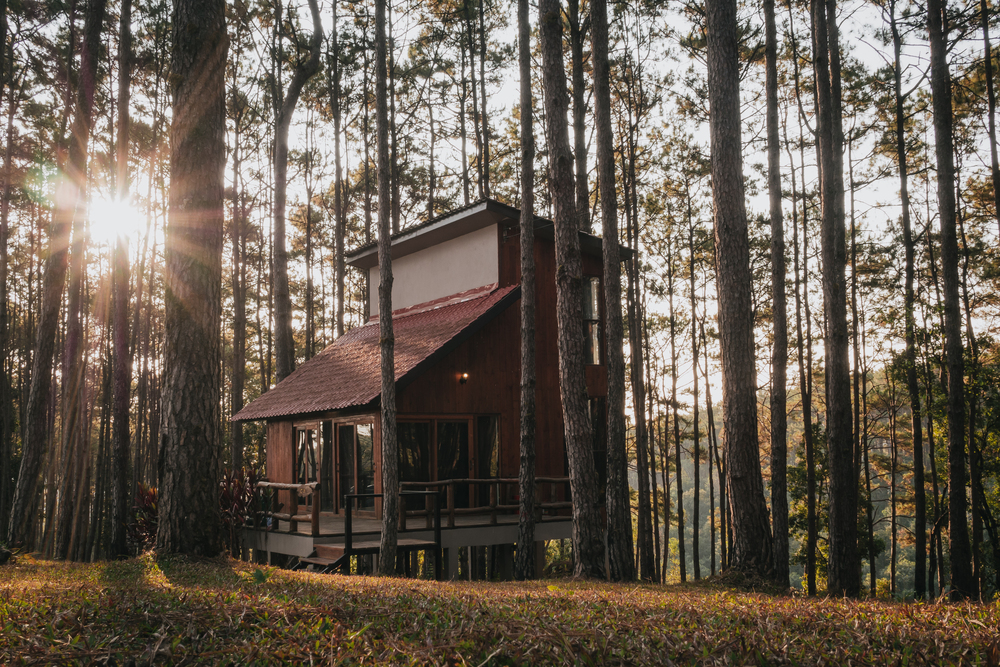
The ancient moat and partial wall surrounding the historic center create a defined yet permeable boundary where historic temples with sweeping rooflines coexist with contemporary life at a manageable scale. The tradition of evening markets illuminated by soft lantern light creates natural gathering spaces where food and conversation blend seamlessly.
The surrounding mountains visible from city streets maintain a constant connection to natural landscapes beyond urban development.
Siena, Italy

The medieval brick-built city curves organically around its distinctive shell-shaped central piazza, creating an urban environment that feels sheltered rather than exposed. The car-free historic center allows freedom of movement at a pedestrian pace, encouraging appreciation of architectural details and chance encounters.
The continued tradition of neighborhood contrades (districts) creates community bonds visible during the Palio, but they function year-round through local loyalties and gathering places.
Pondicherry, India
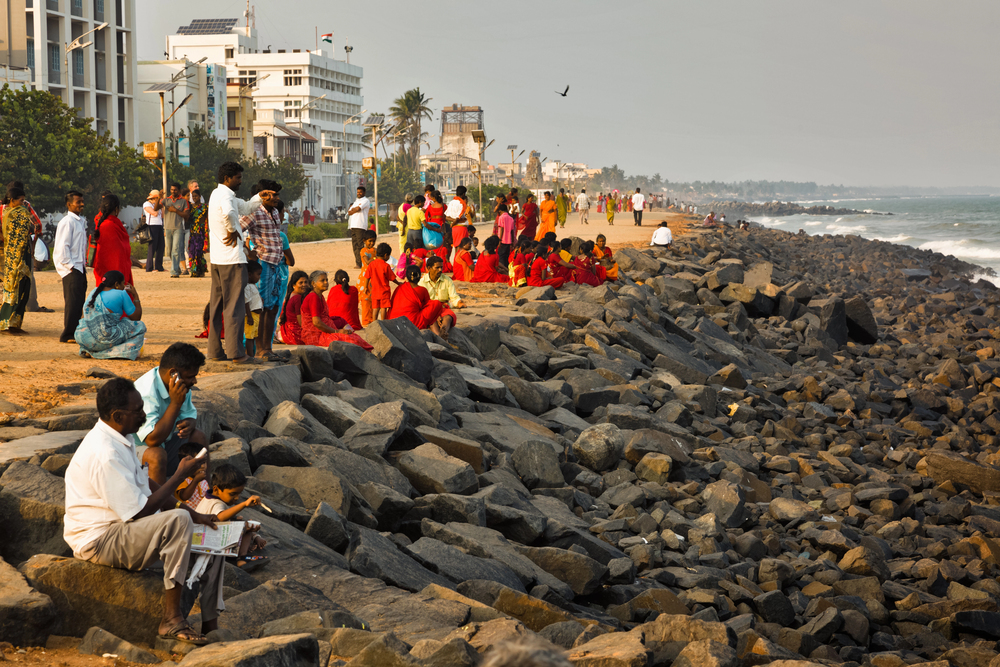
The former French colonial settlement maintains distinctive yellow-and-white architecture alongside traditional Tamil neighborhoods, creating cultural layering that feels integrated rather than imposed. The seaside promenade, closed to traffic each evening, becomes a democratic gathering space where families stroll while waves provide a gentle soundtrack.
The influence of nearby Auroville, with its emphasis on mindful living, permeates the city through meditation spaces, sustainable practices, and consciousness of urban rhythms.
Like Travel Pug’s content? Follow us on MSN.
Antigua, Guatemala

The Spanish colonial architecture in soft pastel hues creates a visually cohesive environment nestled beneath three volcanoes that remind visitors of forces beyond human creation. The deliberately low-rise profile maintains human scale throughout the historic center, where interior courtyards reveal gardens hidden behind modest facades.
The tradition of creating intricate sawdust carpets for religious processions demonstrates community dedication to ephemeral beauty rather than permanent monuments.
Tallinn, Estonia
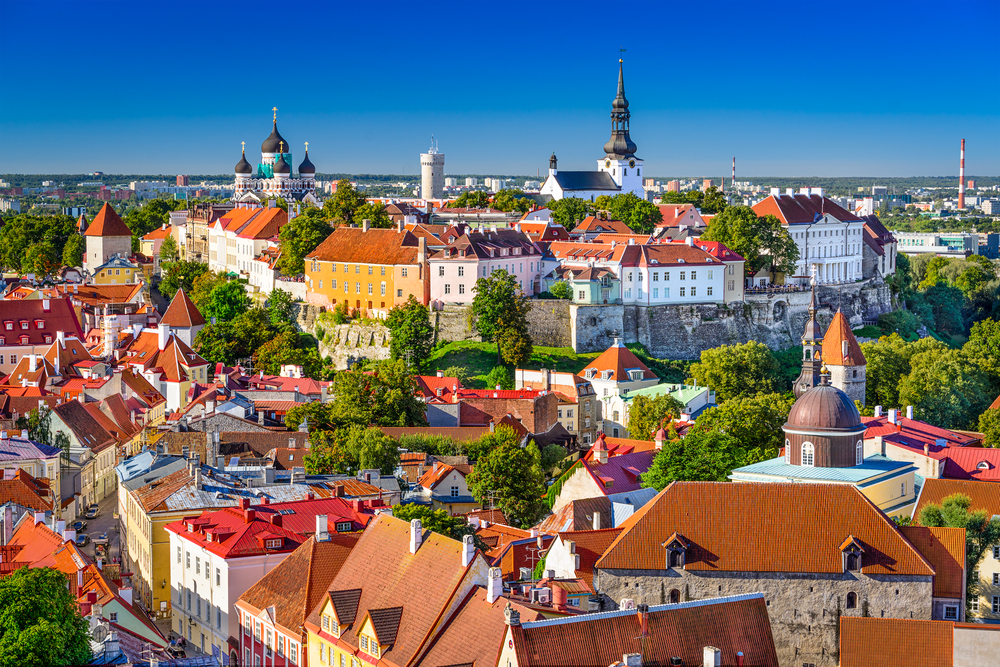
The remarkably preserved medieval old town contains narrow cobblestone streets leading to hidden courtyards and small plazas where cafe culture flourishes during long summer evenings under northern light. The city walls and towers create defined spaces that feel protective rather than restrictive, with abundant greenery softening stone structures.
The strong design culture expressed through thoughtful details—from restaurant interiors to public spaces—demonstrates an appreciation for subtlety rather than spectacle.
Bologna, Italy
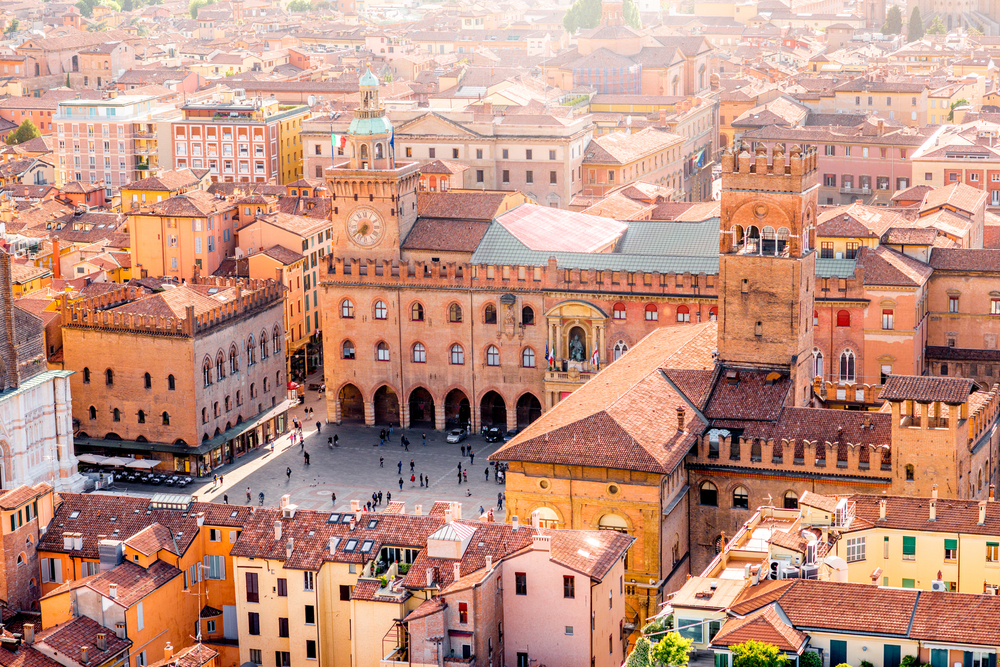
The distinctive porticoes extending over 38 kilometers create sheltered walkways that protect pedestrians from the weather while connecting diverse neighborhoods through continuously covered paths. The warm terracotta buildings earn the city its nickname, “La Rossa” (The Red One), creating visual warmth through consistent materials and human-scaled proportions.
The oldest continuously operating university in Europe ensures intellectual energy is expressed through lively cafe conversations rather than commercial dominance.
Like Travel Pug’s content? Follow us on MSN.
Udaipur, India

The white marble palaces appear to float on Lake Pichola, creating shimmering reflections that transform solid architecture into ephemeral visions as light changes throughout the day. The labyrinthine old city contains markets and neighborhoods where everyday life continues in colorful proximity to royal grandeur.
The tradition of miniature painting celebrates intimate artistic expression requiring close attention rather than monumental statements visible from a distance.
Salzburg, Austria

Baroque architecture set against the Alpine foothills creates an urban environment where cultural refinement and natural beauty maintain constant dialogue. The musical heritage celebrates the transformative power of art experienced through hearing rather than viewing—an inherently more intimate sensory experience.
The continuing tradition of cafe culture provides spaces where time expands rather than compresses, allowing conversations and ideas to develop at their natural pace.
Fez, Morocco

Behind the austere exterior walls, the medina reveals itself as a sensory-rich environment where spice fragrances, craftsmanship traditions, and ancient learning institutions create depth beyond visual impressions. The absence of vehicular traffic throughout the world’s largest car-free urban area preserves human rhythms established centuries before mechanical transportation.
The continuing tradition of apprenticeship learning in traditional crafts maintains knowledge transmission through personal relationships rather than institutional structures.
Like Travel Pug’s content? Follow us on MSN.
Yogyakarta, Indonesia

The continued relevance of the sultanate creates cultural cohesion, where traditional Javanese values influence contemporary urban development through emphasis on harmony and appropriate scale. Batik traditions celebrate detailed artistry requiring patience and specialized knowledge, values reflected in the city’s approach to growth and change.
The proximity of ancient temples, including Borobudur, creates awareness of spiritual dimensions beyond immediate material concerns.
Tbilisi, Georgia
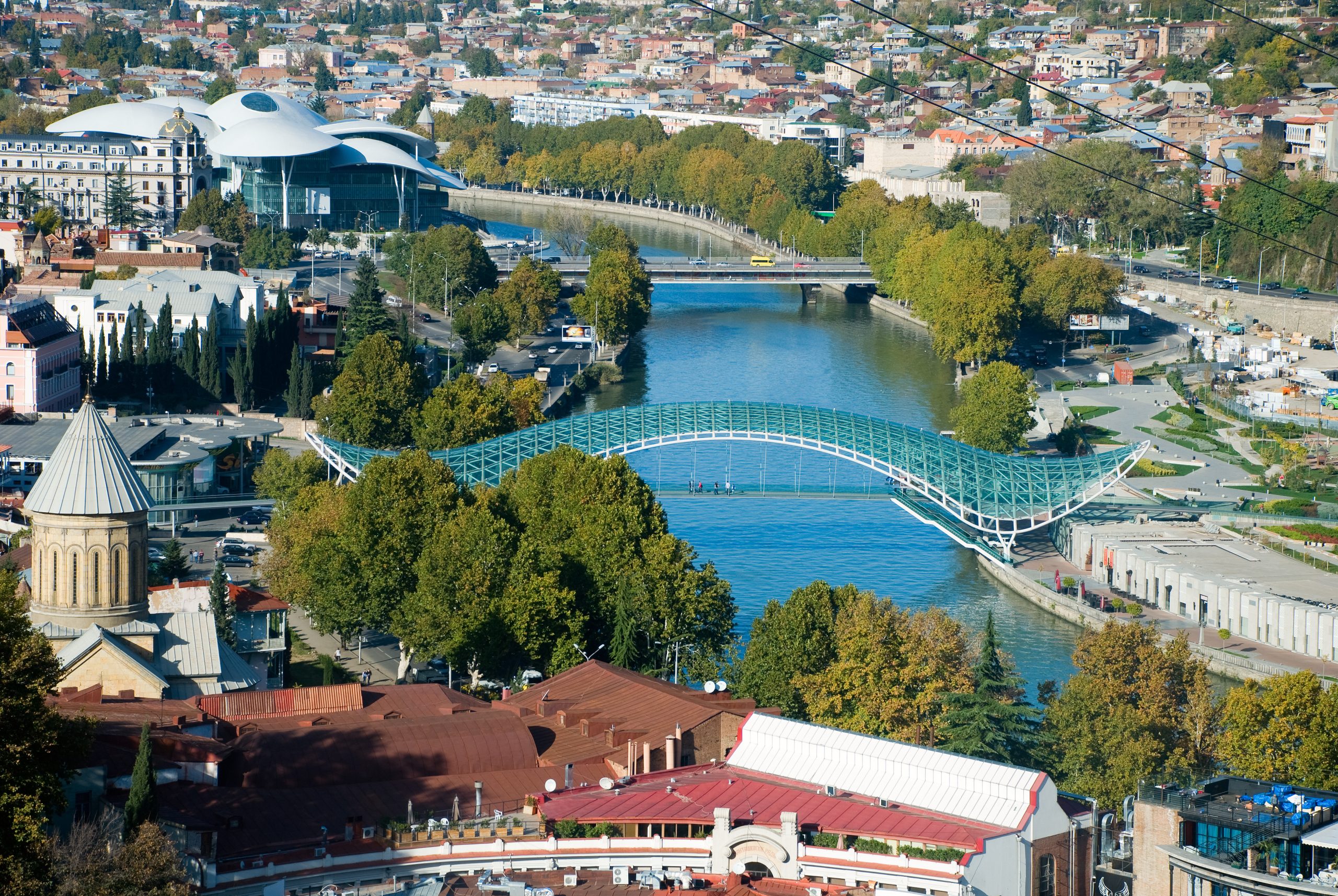
The distinctive wooden balconies overhanging narrow streets in the old town create an architectural embrace through human-scaled details and craftsmanship. The tradition of polyphonic singing—where harmony emerges from distinct voices maintaining individual character—mirrors the city’s approach to cultural diversity.
The sulfur baths continue ancient healing traditions and emphasize gentle restoration through thermal waters rather than dramatic medical intervention.
Oaxaca, Mexico

The colonial grid softened by colorful wall finishes and interior courtyards hidden behind modest facades creates an environment that gradually reveals itself rather than announcing all features immediately. The continuing indigenous influence through textiles, ceramics, and culinary traditions emphasizes handcraft knowledge transmitted through generations.
The tradition of artistic resistance through murals and community art projects demonstrates cultural resilience through creative expression rather than confrontational discord.
Like Travel Pug’s content? Follow us on MSN.
Lingering Impressions
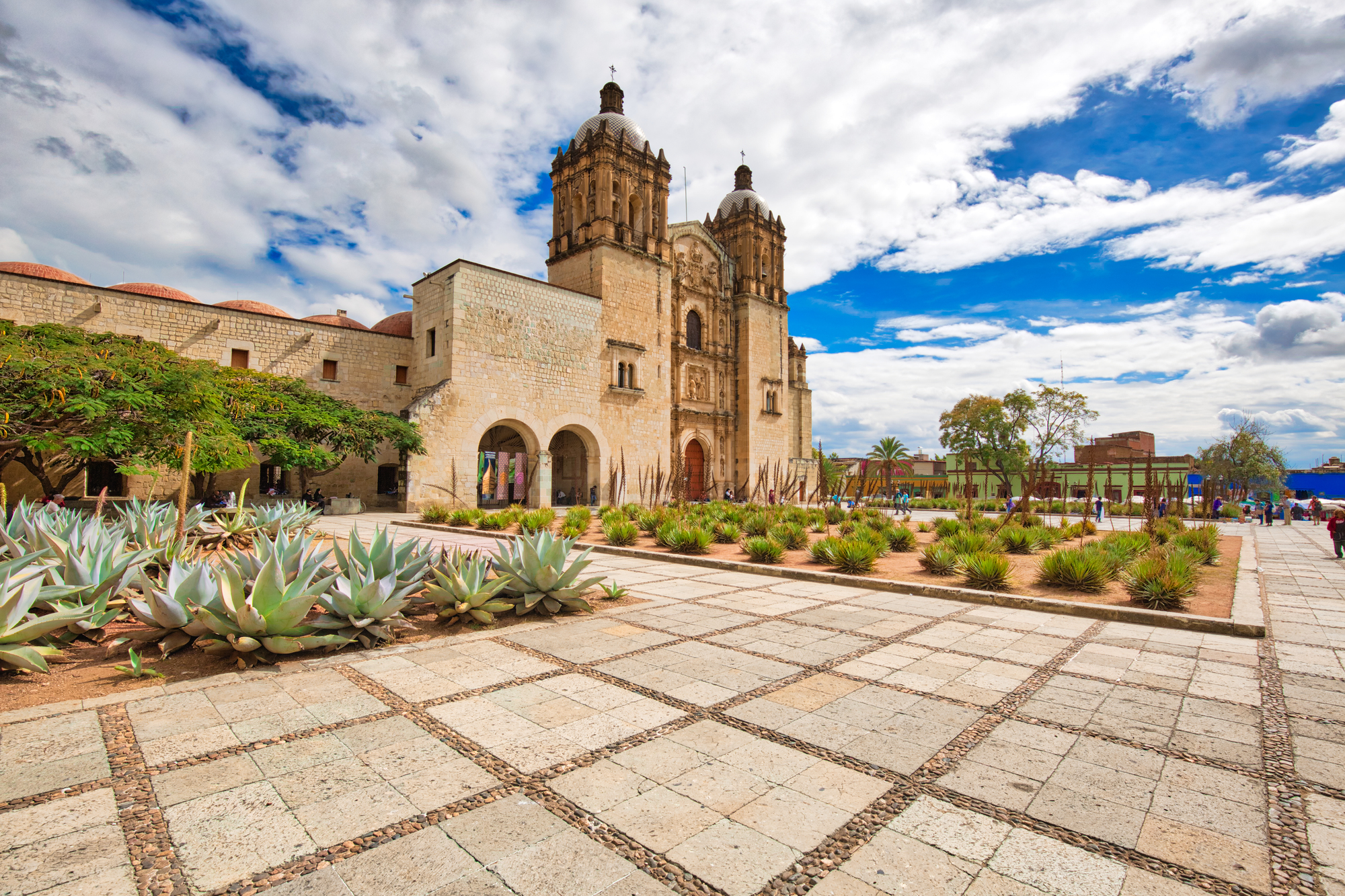
The cities that stay with us longest often aren’t those with the tallest buildings or most famous monuments but those that create space for genuine human connection through thoughtful design, cultural continuity, and environments scaled to human perception. These “soft cities” work with rather than against natural human rhythms—walking pace, conversational distance, sensory perception—creating urban experiences that feel nourishing rather than depleting.
Their lasting impact emerges from moments of connection rather than spectacle, from the cumulative effect of ordinary beauty experienced daily rather than exceptional landmarks viewed once. These places remind us that cities at their best function not as collections of attractions but as environments for living fully in relationship with others, creating memories that continue to provide nourishment long after we’ve returned home.
More from Travel Pug

- Cities Growing so Fast You Won’t Recognize Them in 10 Years
- 13 Destinations Where Tourists Regularly Regret Their Trip
- 20 Obscure WWII Sites Even History Buffs Don’t Know About
- 10 Under-the-Radar Mountain Towns That Are Both Affordable and Beautiful
- Remote Villages in Europe Where You Can Live for Free in Exchange for Work
Like Travel Pug’s content? Follow us on MSN.
